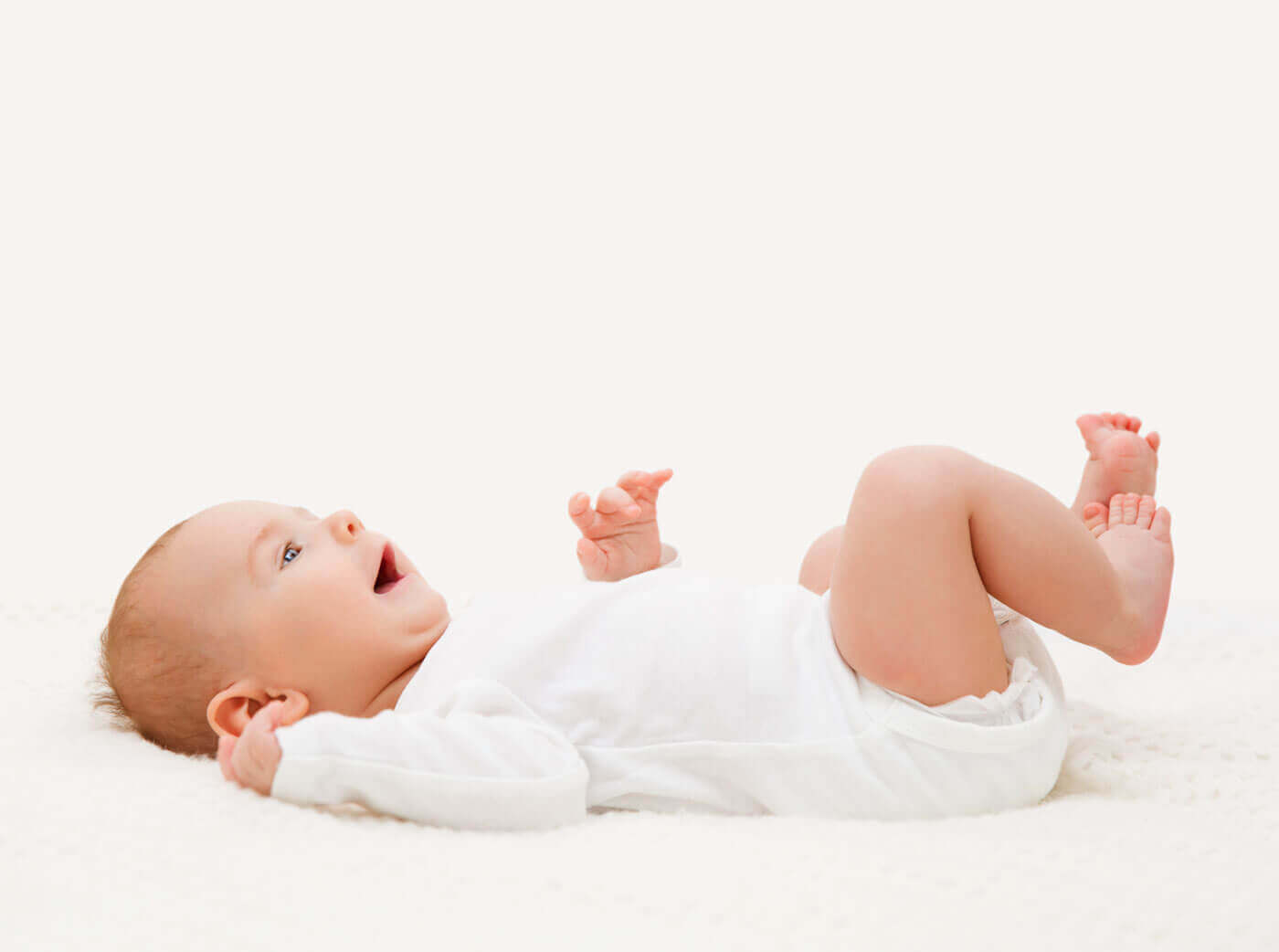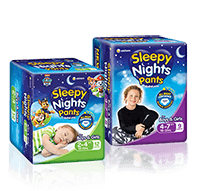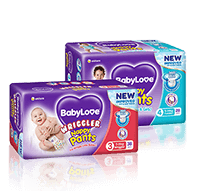Watch and observe as your child grows from a helpless little infant into a cheerful toddler and eventually into a playful and active child full of joy within just a few years. Some new parents might be concerned and are uncertain whether their baby is developing as they are supposed to be…

Growth Chart Guide for you baby’s development
| Age |
Characteristics / Abilities |
Hand – Eye Coordination (related to fine motor development) |
Other Characteristics / Abilities |
| Birth to 2 months |
- Slightly raises head for short periods when lying on tummy.
- Brings hands to face.
|
- Attempt to touch or grab objects within visual range.
- In first 8 weeks, have no control over movements. All are involuntary: Example: Grasping is a reflex.
|
Infant:
- Fontanels: soft spots on the head that ease the birth process and enable the growth of brain.
- Round tummy: Round and juts out as most of the stomach muscles have yet to develop.
- Bow-legged & pigeon-toed: due to the curling effect in the womb.
- Flat feet: May be due to fat in baby’s feet that will eventually fade away.
- Teeth: Formed under the gums.
|
| 2 – 3 months |
- Holds head up briefly and eventually steadily.
- Can bear weight on legs.
- Can lift head and chest when laying on tummy.
|
- Able to grasp object upon touch.
- Watch hands and feet.
|
| 4 – 5 months |
- Able to transfer object from one hand to another.
|
| 5 – 6 months |
- Can roll over from front to back.
|
- Hand movements are more coordinated, may reach, grab, pull, rattle and move objects.
- Brings toys and objects to mouth by hand.
|
| 6 – 7 months |
- May sit alone for short time, then sit alone without falling
- May roll over in both directions
|
- May attempt to catch objects that are thrown or rolled over to them.
- Reach for rattle and shake it.
|
| 7 – 9 months |
- Able to lift body up and crawl backwards, sideways or front or just slide on their belly.
- Able to work way to get a toy out of reach.
|
| 9 – 10 months |
- Able to pull self up and cruise.
- Crawls well.
|
- Will master picking up objects with their thumb and fore finger (pincer grasp).
- Able to hold bigger objects with both hands.
|
| 11 – 12 months |
- Stands with support and starts to walk.
- May walk alone with feet wide apart and arms held high.
|
| 12 – 15 months |
- Able to coordinate and hold small objects properly like a crayon and scribble with it.
- Feeds self with fingers.
|
Toddler:
- Muscles are more developed.
- Teeth: Some teeth will start to sprout from gums.
- Able to carry things around and move without any help.
|
| 18 months |
- Unsteady steps, stands and sits without help and able to crawl upstairs.
- Scribbles well.
- Begins to use spoon and fork.
|
|
| 24 months |
- More balanced and steady steps that will progress into running and climbing stairs.
- Push buttons.
- Turn knobs.
|
|
| 36 months |
- Runs, jumps and plays steadily.
- Get themselves undressed.
|
|
Child:
More coordinated and moves freely. Should have around 20 teeth by now. |
A baby’s entire process of growth and development is known as “maturation”. Each child’s growth is different from one to another. Do not force your child to advance further as they might not be physically or mentally ready. Instead provide encouragement and support and let your child set the pace.
If you are ever worried about your child’s development, Seek professional advice.





